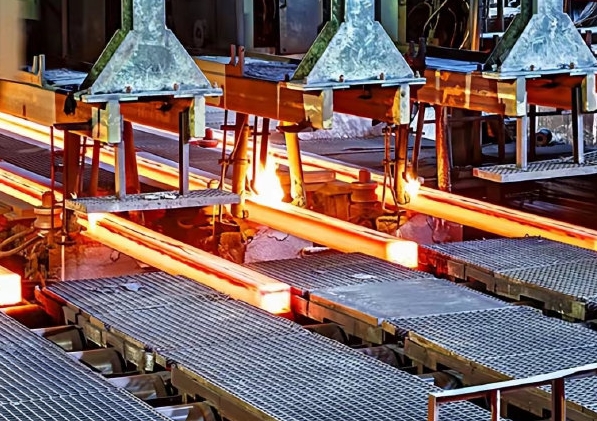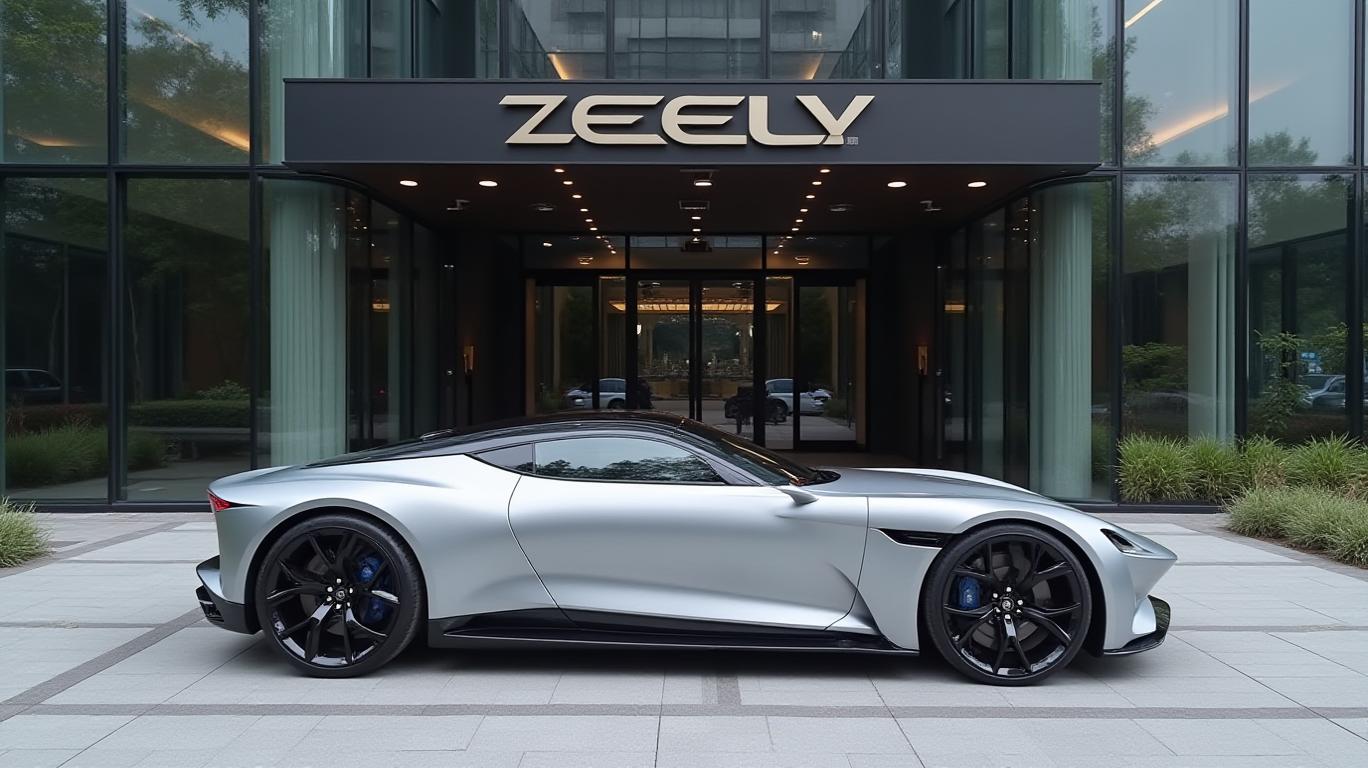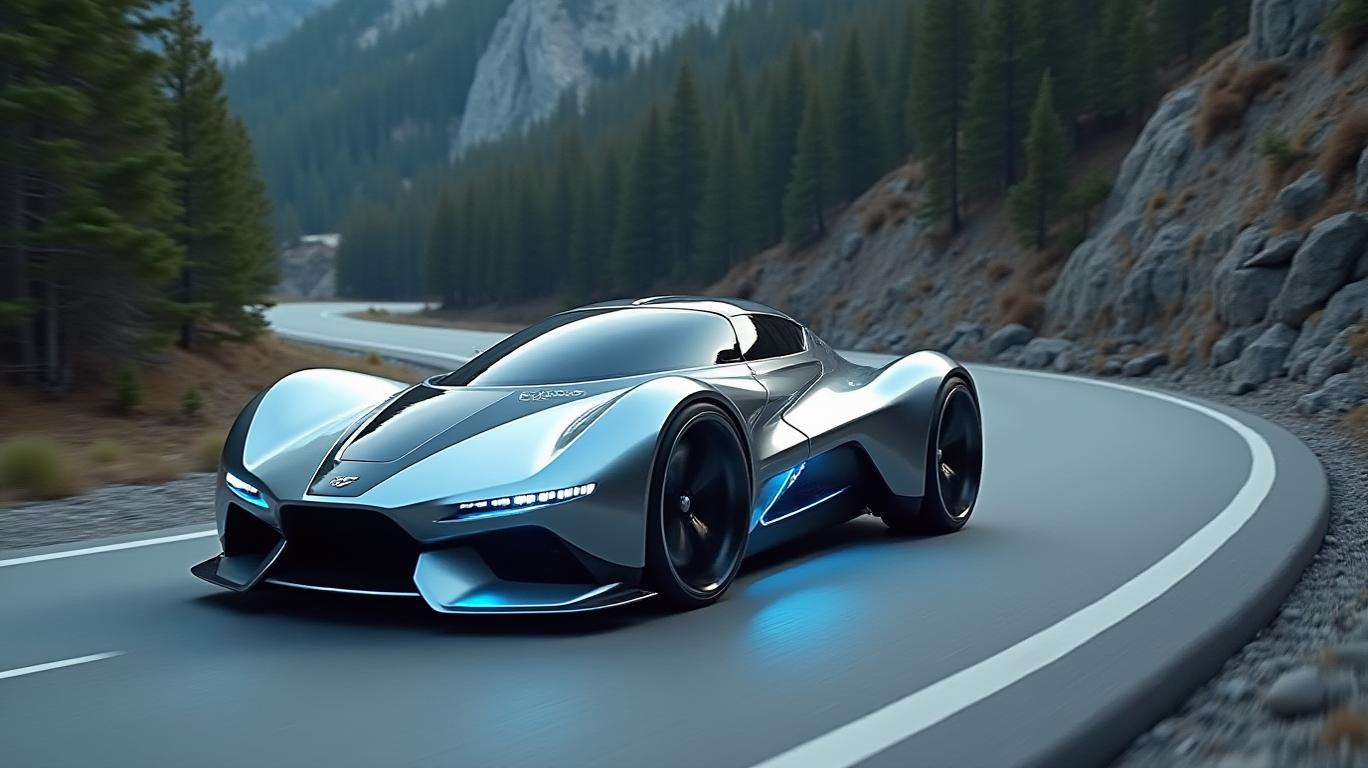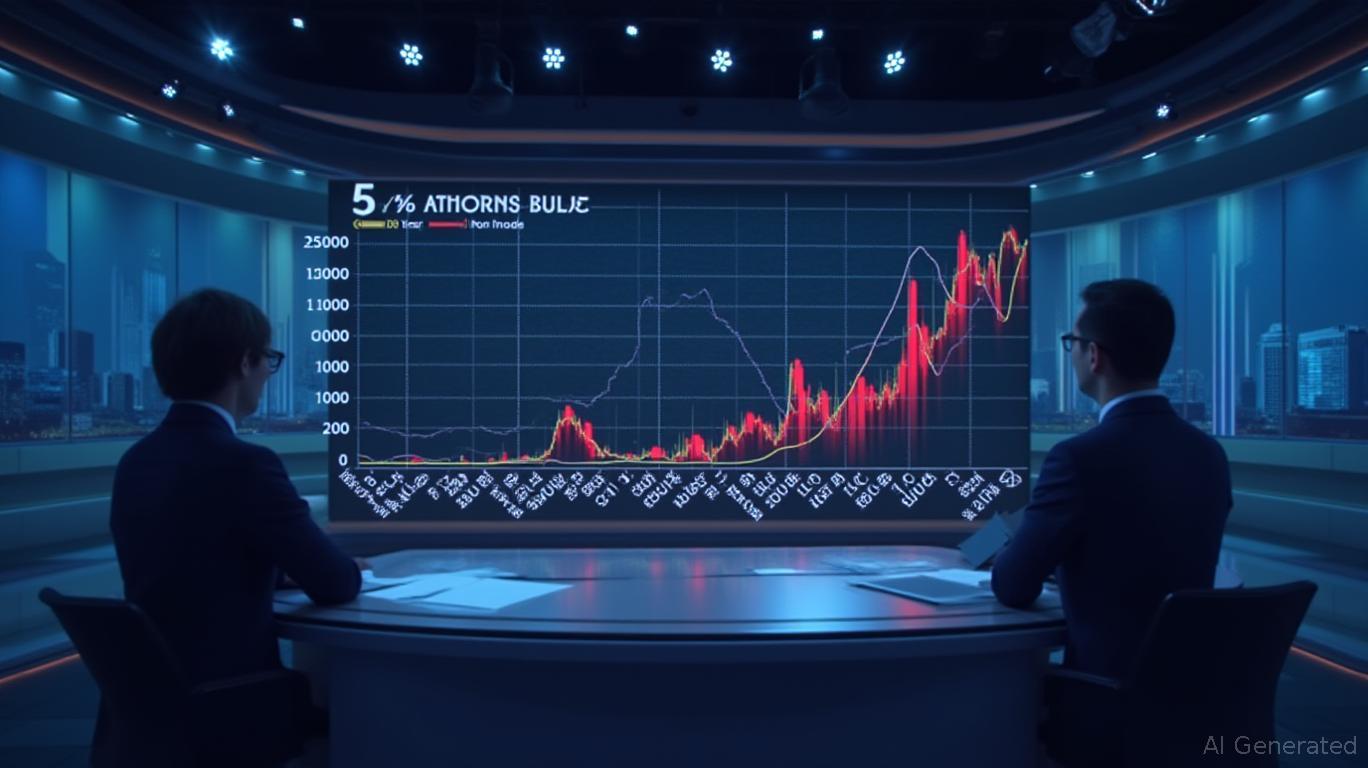Zeekr's Strategic Diversification Fuels Growth Amid Mixed Brand Performances
The automotive sector is witnessing a rapid evolution as premium electric vehicle (EV) manufacturers vie to capture market share. Among them, zeekr Intelligent Technology Holding Limited has emerged as a key player, leveraging its dual-brand strategy to navigate challenges while capitalizing on opportunities. Its April 2025 delivery figures—41,316 vehicles across its Zeekr and Lynk & Co brands—reveal both strategic successes and underlying tensions.
A Tale of Two Brands
While the Zeekr brand reported a 14.68% year-over-year (YoY) decline in April deliveries to 13,727 units, its sister brand Lynk & Co surged with a 47.32% YoY increase to 27,589 vehicles. This divergence underscores Zeekr Group’s deliberate strategy: the Zeekr brand focuses on high-end luxury EVs, while Lynk & Co targets broader family-oriented markets.
Ask Aime: What's the outlook for Zeekr's dual-brand strategy in the EV market?
The combined 20.47% YoY growth in year-to-date (YTD) deliveries (155,327 units) through April 2025 highlights the efficacy of this dual approach. Lynk & Co’s performance—bolstered by its Lynk & Co 900 SUV—has become the primary driver of growth, with over 40,000 pre-orders secured since its December 2024 launch. This model’s inclusion of cutting-edge tech like NVIDIA’s DRIVE AGX Thor platform (700 TOPS processing power) positions it as a competitor in the fast-growing autonomous driving segment.
Product Momentum and Global Ambitions
Zeekr’s product pipeline continues to strengthen. The Zeekr 7GT, launched in April 2025, combines silicon carbide-powered e-motors with a sporty design, achieving a 0-100 km/h acceleration of 2.95 seconds. Meanwhile, the Zeekr 9X, unveiled at the Shanghai Auto Show, marks the brand’s first hybrid SUV—a strategic move to tap into markets where fully electric vehicles face adoption hurdles.
The company’s CEO, Andy An, emphasized that Zeekr aims to “redefine benchmarks in design, performance, and electrification,” while Lynk & Co expands its lineup to address diverse consumer needs. This dual-brand synergy, reinforced by Zeekr’s 51% stake acquisition of Lynk & Co in February 2025, has enabled cross-platform efficiencies. For instance, the SPA Evo platform underpinning the Lynk & Co 900 also supports cost-effective scaling for future models.
Market Context and Risks
Despite its growth, Zeekr faces headwinds. The Zeekr brand’s YoY decline in April deliveries suggests potential overreliance on flagship models like the Zeekr 009 Grand Collector’s Edition (priced 14% higher than the standard Grand variant). Meanwhile, global competitors such as Tesla and BYD are aggressively expanding into premium segments, raising the stakes for innovation and pricing.
Regulatory risks also loom. China’s evolving EV subsidies and global trade policies could impact supply chains and export potential. For instance, the Zeekr 7GT’s planned global launch in 2025 hinges on navigating tariffs and regional certification hurdles.
Conclusion: A Strong Foundation, but Challenges Remain
Zeekr Group’s April 2025 results reflect a calculated pivot toward diversification. While the Zeekr brand’s premium focus faces near-term headwinds, Lynk & Co’s robust performance and strong pre-orders for its flagship models provide a solid growth engine. The YTD delivery increase of 20.47%—driven by Lynk & Co’s 25.59% YoY rise—signals that the dual-brand strategy is paying off.
However, sustaining momentum will require balancing innovation with market realities. The Zeekr 9X’s hybrid design and Lynk & Co’s tech-forward SUVs represent smart moves to cater to evolving consumer preferences. Investors should monitor execution on global launches, supply chain resilience, and competition from established players like Tesla.
With a combined delivery value of RMB 309,900 (US$42,625) for the Lynk & Co 900 and Zeekr’s premium pricing, the company is positioning itself to capture higher margins in both mass and luxury markets. If it can maintain this trajectory, Zeekr could solidify its place as a global EV leader—despite the inevitable turbulence of an industry in flux.










